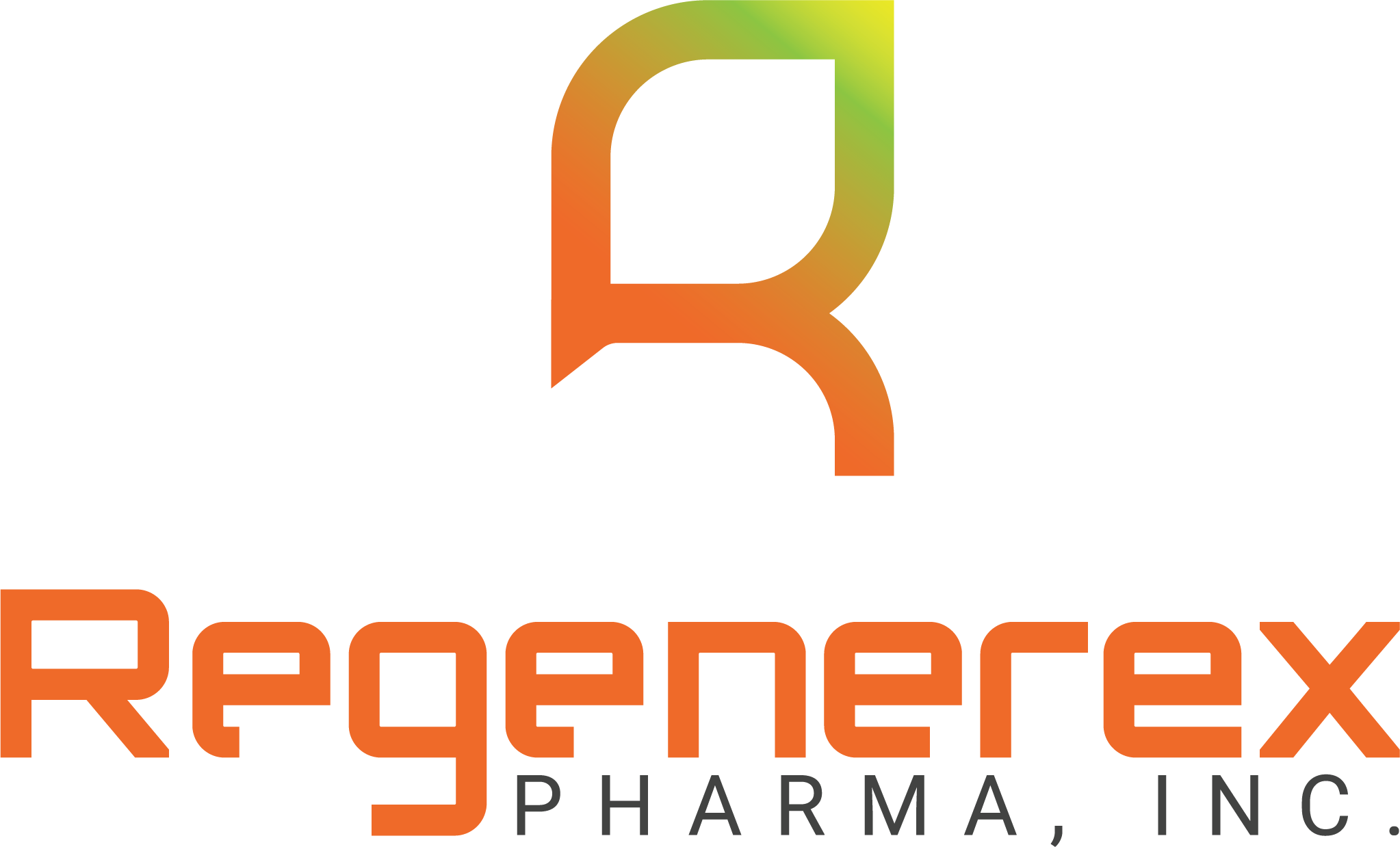Originally Published: Dermagenics Inc.
Download PDF
Author:
Dermagenics Inc.
Summary:
This document, “The Art of Balancing the wound micro-environment,” by M.J. Hoekstra and B. Willemsteijn, discusses how to treat chronic wounds.It outlines the four overlapping stages of wound healing:
- Hemostasis: Platelets degranulate, releasing growth factors and initiating the healing process.
- Inflammation: Vasodilation, increased capillary permeability, complement activation, and migration of leukocytes occur. Neutrophils and macrophages destroy bacteria and release proteases and growth factors.
- Cell proliferation and matrix repair: Inflammatory cells decrease, and fibroblasts, endothelial cells, and keratinocytes synthesize growth factors, promoting cell migration, new capillary formation, and ECM synthesis. Damaged proteins are removed by proteases.
- Remodeling: Synthesis of new ECM molecules continues, and the scar appearance improves over several months.
The document then details characteristics of non-responding chronic wounds, including defective ECM remodeling, failure to re-epithelialize, and prolonged inflammation. It also highlights imbalances in cell metabolisms, overuse of antimicrobials, overproduction of oxygen radicals, overactivation of the complement system, insufficient acidification, and imbalances in protease production (specifically Matrix Metalloproteinases or MMPs and their inhibitors, TIMPs).Three types of chronic wounds are discussed:
- Diabetic foot ulcers (DFUs): Defined by infection, ulceration, and/or destruction of deep tissues associated with neurological abnormalities and peripheral vascular disease. Neuropathy is the most important cause.
- Decubitus (pressure sores): Ulcerations over bony prominences due to prolonged pressure and shear forces. They are common in immobilized patients.
- Leg ulcers: Chronic ulcers on the lower limb caused by impaired circulation, primarily venous or arterial insufficiency.
Finally, the document emphasizes that treatment selection depends on the wound type and phase of healing. Key pillars in treating chronic wounds include balancing MMP production, controlling Reactive Oxygen Species (ROS) production, and controlling bacterial contamination.

